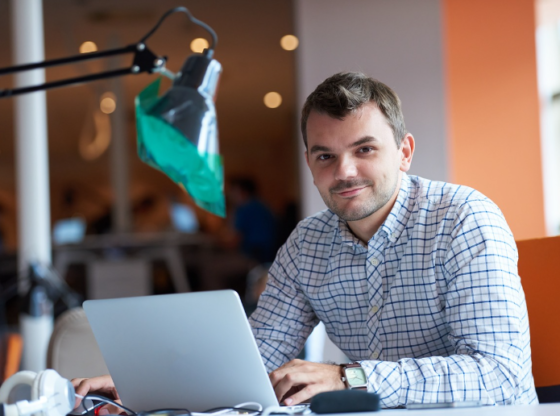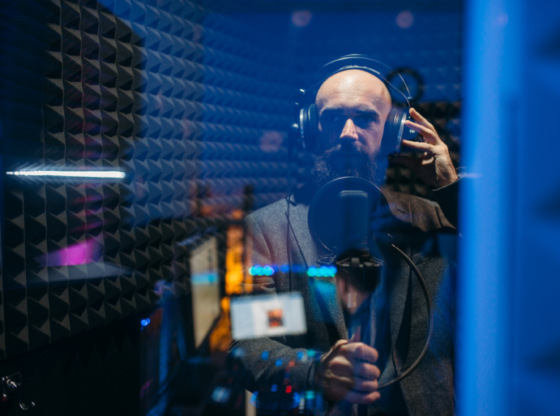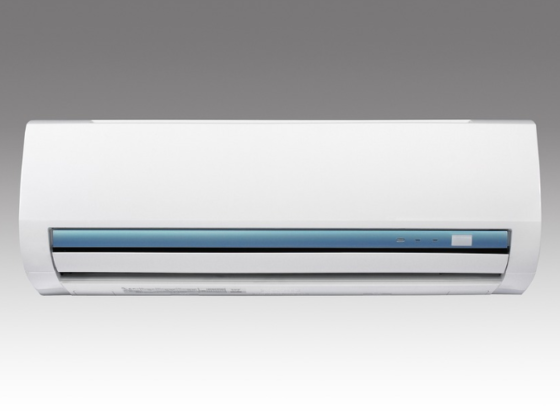Contributed Content Provided by WordPro SEO.
This is adapted from a Dharma Ocean podcast of a talk given by Dr. Reggie Ray at the Blazing Mountain Retreat Center in Crestone, Colorado. Dr. Reginald “Reggie” Ray is the Director of the Dharma Ocean Foundation, dedicated to the evolution and flowering of the somatic teachings of the Practicing Lineage of Tibetan Buddhism.
In Tibetan Buddhism, it’s said that the body is the mind and the mind is the body—that there is no separation. From the side of Western neuroscience, we now know that every part of our body, even every cell, has its own awareness, its own emotions, its own mind. Consciousness is what happens when all these “minds” work together in one universal somatic pattern. Likewise, we know that there is no “mind” apart from the body. Pretty much everything that goes on in our conscious mind, and our unconscious mind, is rooted in and grounded in the body and an expression of it.
This is why working with the body, as we do in Somatic Meditation, is the foundation of all genuine spiritual development. Whereas our thinking mind can really spin out and become disconnected from our own human experience and even from reality itself, the body is a complete expression of our total state of being, both physical and “mental.”
And the way we gain access to our spiritual life and our own journey is through our body. The areas where we lack awareness are precisely our areas of ignorance. If there’s a part of our body we’re unaware of, it’s because we have sealed that off, owing to our unwillingness to see aspects of our own energy and history. The way to gain access to our karma is through our bodies.
You can sit and follow your breath at the tip of your nose and work with yourself that way, as is commonly done in the way Buddhist meditation is taught these days, and that’s good. However, at a certain point, you hit a wall and you begin to realize that your awareness is too small. Even though your mind may be relatively peaceful and still, its peace and stillness are really very small. You feel peaceful, but when people meet you with their suffering, there’s something that holds you back. Your awareness is not really open. It’s not flexible and responsive—it’s protecting itself. This is very subtle, but you feel it. You say to yourself, “Where are the vastness and the freedom I’ve read about? “I’m feeling that my awareness is not all time and all space.” So you become inspired to go further in your own practice.
Now you could say, “Why is working with my body a way to open up my awareness further?” Because we have frozen our experience in midstream from the beginning of time. Things happen in our lives, and we don’t allow what occurs to us to enter our experience, to take shape, to impact us, to generate feelings, to provide direct information so we can update our conceptual files, so to speak, to come to fruition in that way and to dissipate.
Experiences are like the weather. The storms come, and the rain rolls in and pounds the earth with lightning and thunder, and it’s raining sideways. Then it moves out, and the sun comes out, and the sky is brilliantly blue, and the air is clear and cool. This kind of natural process is also true of our experience. Things occur, we respond, and they move on and dissipate like a storm. But our habit is to constantly freeze our experience.
An experience comes into our senses and our body. We feel it, but very often we don’t acknowledge it or let it into our awareness because it disconfirms our ego narrative. When we don’t let it play itself out, it gets trapped in our body. If you have a skilled person look at your body, they can help you find the history of all the traumatic things that have happened to you and the ways in which you have adjusted your body, so you don’t have to feel anything and remain numb and checked out.
We go through our lives with all of the incomplete experiences in our bodies. We can be completely shut down, but our bodies still know. Our bodies don’t have any defense. The only thing that has defenses is the mind. And we have this mental shield across the throat at the base of the skull. We don’t let the experience come up, and it gets trapped below, and it can’t fulfill itself and exhaust itself.
That’s what karma is—the experiences that we haven’t fully lived. We see it coming, and it starts to rise in us, and we push it back down again. If we do that too often, then we become psychologically ill or physically ill. With that kind of state of mind, our life is being lived from our neck up—it’s a shallow kind of life. At that point, being on our computer is the safest and most comforting thing you can do, but it makes you more and more ill. Let’s just take a look at our psychological distress and the exponential rise in mental illness in modern social life. And when we sit down to meditate, this is what we’re meditating with—we’re meditating with this little part above our necks. Many people do not want to know what is going on below their neck, and meditation becomes a way of staying up in your head, strangely enough.
You begin to realize that your awareness is small, and you need to go into your body to uncover the treasure troves of awareness that are blocked and locked and trapped. Unearthing the karma living in the trapped experiences is like fuel for awareness. Your own inborn wisdom is like a fire that it’s fed by experience that is coming up. In the beginning, it comes up, and it’s painful—we realize how anxious and afraid we are and how we’re so neurotic in terms of trying to control things all the time.
It’s like when your foot goes to sleep, and then you move, and it starts to wake up, and it can really hurt for a little while. This is a sign of waking up. The notion of the grandiose, all-powerful human ego, which we are trying to cultivate all the time, that’s not really a very healthy thing. It’s not really part of the human organism. You don’t find it in indigenous cultures. What Freud called the maniacal superego is a modern thing. We can learn to live in a much more fluid, open, and flexible way.
This is the dawning of awareness. And when that begins happening, your self-image takes a hit because you thought you were in pretty good shape. This is actually the point. Seeing how anxious we are, or how freaked out we are, or how afraid we are of other people, or how awkward we are with other people, how conniving and manipulative is the experience that we have been not willing to look at. And when these painful experiences start to come up, it is a sign of relaxation and confidence that we can admit this into our state of being and carry on. And any time we start to become some kind of rigidified sense of self, something is going to come and puncture that. Then we can thank our own deepest spiritual nature, our deepest somatic being, for not letting us off the hook, not giving up on us.
What we’re doing when we sit is we’re beginning to tap into this deeper sense of being a human being, this deeper sense of being alive and working with the body as a way of facilitating that process and also grounding ourselves. It’s like a vulnerable flowering plant; if heavy hail comes, the flowers are broken, and the plan might be destroyed. But if the same hail lands on a mountain, it rains down, and it’s rather beautiful.
Most of us are like the flowering tree. We may socially be very charismatic and attractive, but we’re ungrounded and fragile. The practice of meditation and working with the body makes us like a mountain so that it’s not a matter of enduring different kinds of weather and emotional storms and experiences of life; it’s, actually appreciating their beauty and letting that beauty enhance and adorn us. The more grounded we are, the more we can appreciate that every storm has something for us, but we need to be grounded to do it. Hence the work with the body in Somatic Meditation and using that as a vehicle to open up our life much more fully.
About Dharma Ocean
Dharma Ocean Foundation is a non-profit global educational organization that focuses on somatic meditation as the way to help students – of any secular or religious discipline, by teaching them the importance of embodiment in both meditation and their daily lives as taught in the “practicing lineage” of Chögyam Trungpa Rinpoche. The foundation was established in 2005 by scholar, author, and teacher Dr. Reggie Ray, and is located in the Sangre de Cristo Mountains in Southern Colorado.











